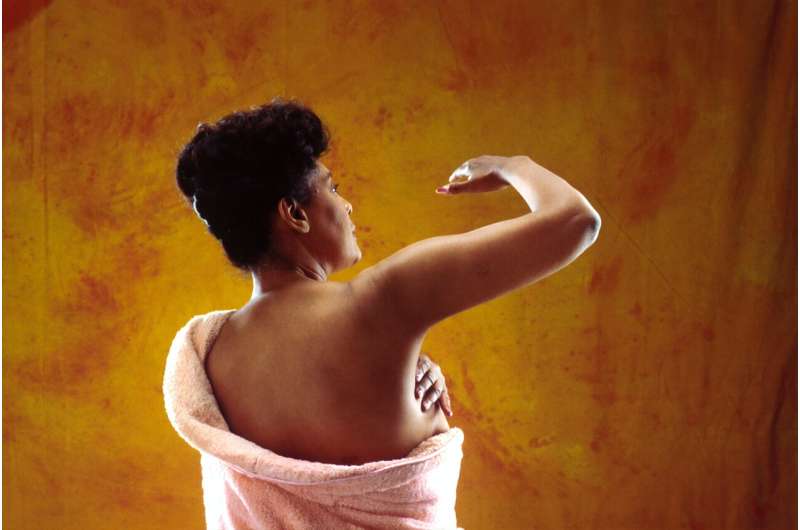Brain's Central Switchboard: Neurons Function as Precise Movement 'Brakes'

New research uncovers how neurons in the brain's basal ganglia act as precise control switches, enabling fine-tuned movement regulation. This breakthrough enhances understanding of motor control and offers insights for treating disorders like Parkinson's disease.
Recent research from the University of Basel and the Friedrich Miescher Institute for Biomedical Research has revealed that neurons located deep within the brain play a dual role in movement control—both initiating and actively suppressing actions with remarkable accuracy. Published in Nature, the study focuses on the basal ganglia, particularly the Substantia Nigra pars reticulata (SNr), which was traditionally thought to mainly inhibit unwanted movements by acting as a brake. However, new findings demonstrate that SNr neurons operate as a dynamic signaling system, precisely timing when movements should start or stop.
The team conducted experiments on mice performing reaching tasks, observing that individual SNr neurons exhibit complex, highly specific activity patterns—turning their firing rates up or down depending on the phase of movement. This creates a sophisticated traffic light system within the brain, guiding complex, coordinated actions by finely tuning the balance between activation and inhibition. Manipulating SNr neurons with optogenetics confirmed their pivotal controlling role, as activating them could halt movements instantly.
These insights challenge previous simplistic models of basal ganglia function, which viewed it mainly as a continuous inhibitory system. Instead, the findings support a granular, movement-based coding system that manages even subtle motor actions. Understanding this precise control mechanism has significant implications for neurological disorders such as Parkinson’s disease, where this delicate balance is disrupted, leading to motor initiation difficulties.
Overall, this research advances our comprehension of how the brain orchestrates movement with exceptional finesse, opening potential pathways for targeted treatments of movement disorders.
Stay Updated with Mia's Feed
Get the latest health & wellness insights delivered straight to your inbox.
Related Articles
Understanding the Differentiation of PFAS: A Call for Balanced Policies to Protect Health and Medical Innovation
Experts emphasize the importance of differentiating harmful PFAS from essential fluoropolymers used in medical devices, advocating for balanced policies that protect health without hindering medical advancements.
Enhanced Technique Improves Precision of Blood Measurement Using Near-Infrared Spectroscopy
A new integrated approach significantly improves the accuracy of blood hemoglobin measurement using near-infrared spectroscopy, paving the way for non-invasive diagnostics.



